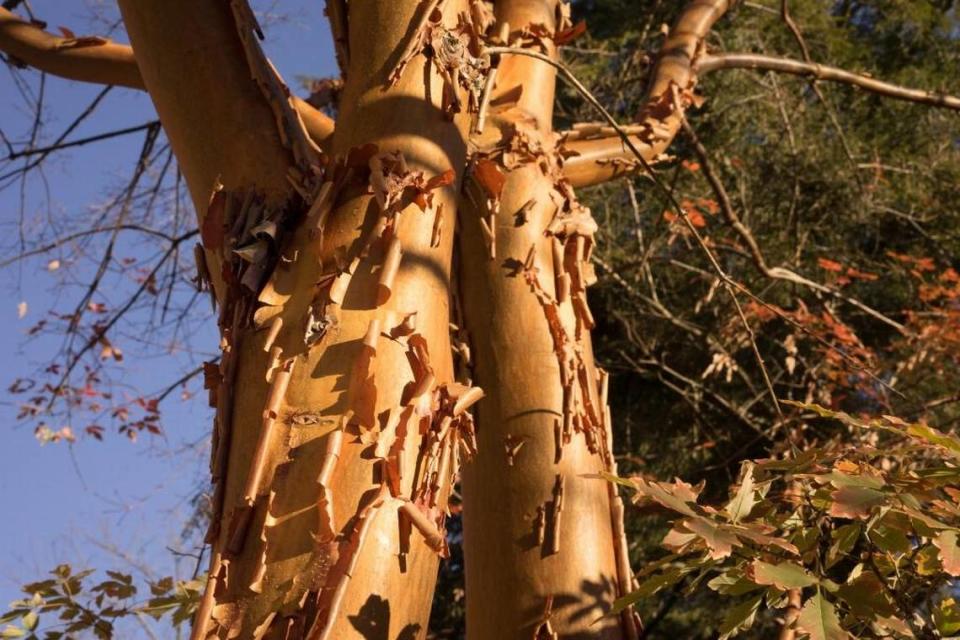As days grow longer, get inspired at regional home, flower and garden shows
Have you noticed that the days are growing longer now and, despite this week’s cold snap, spring seems like it might be just around the next corner. That will especially be true if you plan to attend an indoor home and garden show.
Mark your calendar for the Tacoma Home and Garden Show, which runs Jan. 25-28 at the Tacoma Dome. I will be speaking every day at the show. Visit www.tacomahomeandgardenshow.com for all the details.
Also, at the Tacoma show, I can give you the opportunity to win free tickets to the Northwest Flower and Garden Show at the Seattle Convention Center Feb. 14-18.
Join me at 1 p.m. Thursday, Jan. 25, for a talk on “Inspiration from Irish Gardens,” at 3 p.m. Friday, Jan. 26, for a talk on “Color in the Garden,’ at 3 p.m. Saturday, Jan. 27, for a repeat of “Inspiration from Ireland,” or at 1 p.m. Sunday for “Color My World” and you could win free tickets to the NFGS. If you don’t win show tickets at one of my talks, you can order them online at gardenshow.com.
Meanwhile, winter flowers are popping open and here are the most asked questions:
Q. I received a hellebore plant as a Christmas gift. I kept it indoors for just a week per your suggestion and since Christmas have enjoyed it outdoors on my protected porch. My question is, when should I plant my potted hellebore into the ground? Also does it want sun or shade? — N.G., Tacoma
A. Heavenly hellebores can be taken out of their plastic nursery pots and transplanted into the ground anytime the soil is not frozen. Dig a hole twice as wide and deep as the root ball and carefully remove the hellebore from the container as the thick roots are brittle and easy to damage. Most hellebores prefer morning sun or partial shade (the green Corsican hellebores like full sun) but they are adaptable perennials as long as you protect those fragile roots and water during drought.
Hellebores can be grown in large containers for a few years but they do not like to be disturbed after settling in and, unlike most perennials, they do not like to be divided up. Look for seedlings that appear near the mother plant to increase your hellebore collection rather than dividing the plant.

Q. I have a forsythia shrub that has never bloomed. It has green leaves and is growing but after about four years I have not seen a single yellow flower. Why? R., Email
A. I am going to guess too much shade. Many shrubs flower less in partial shade and refuse to bloom in full shade. I also have a forsythia in the shade that has never bloomed. This will be the week I move it to a brighter location. Dig in and move your shrub this spring as well. Next year I predict we both will have forsythias that flower — or else they will be compost.

Q. I have a beautiful paper bark maple with cinnamon colored bark that peels off in ribbons. Will it hurt the tree if my young son continues to peel off the bark? Sign me “Mom of a bark peeler.”
A. Love this! Your kid is outdoors exploring nature, and peeling off loose bark shouldn’t be too serious of an injury to the paper bark maple tree. As long as most of the trunk still has bark, the tree will be fine. Just don’t give him a ladder.
Marianne Binetti has a degree in horticulture from Washington State University and is the author of several books. Reach her at binettigarden.com.

